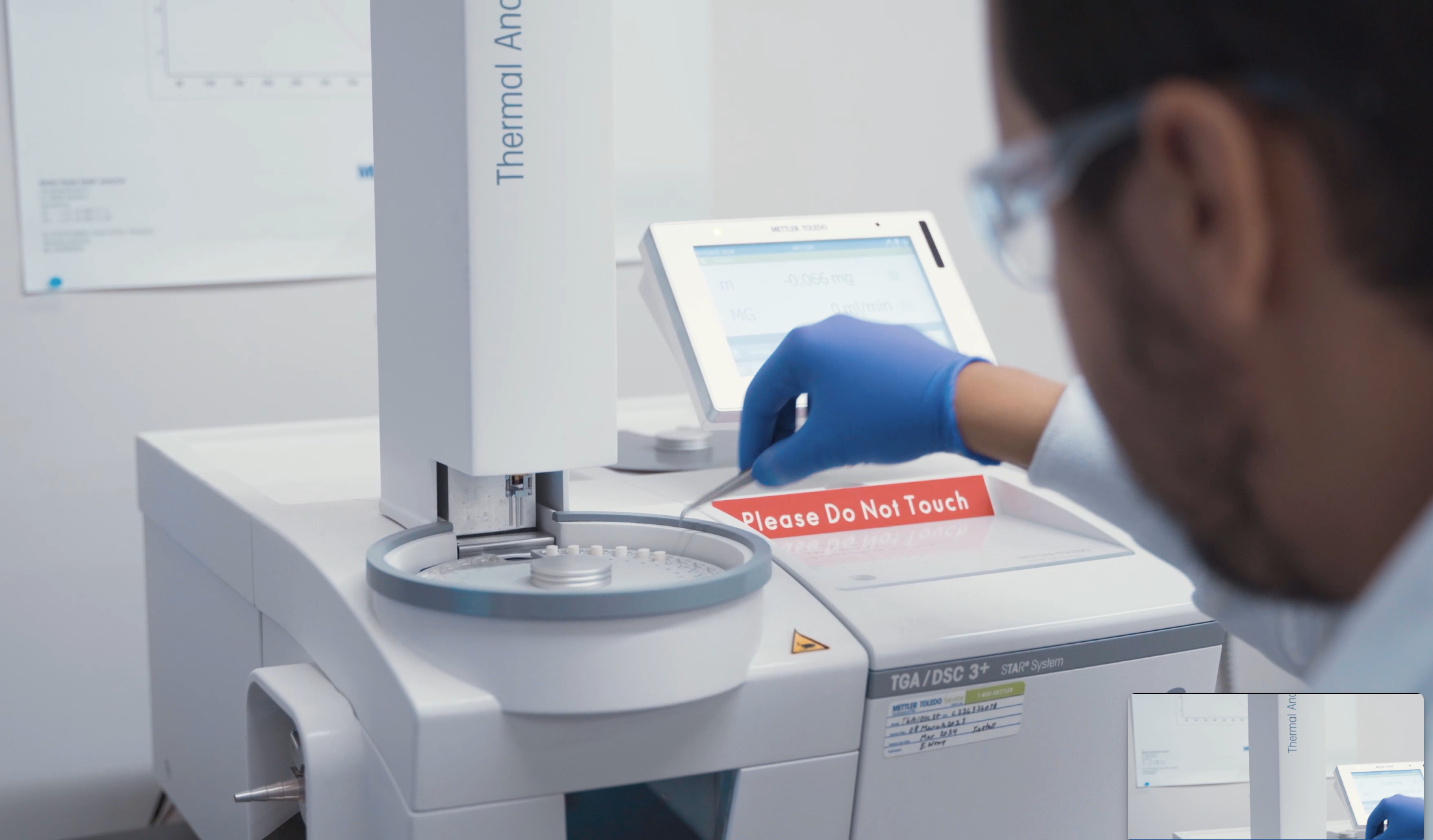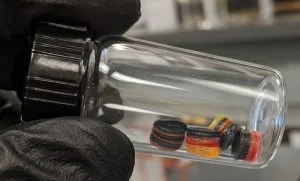Research in Chemical Engineering
Research opportunities shaping your academic journey

Ongoing Research at Ole Miss ChE
The chemical engineering faculty are conducting interdisciplinary research in focus areas of Transforming Properties, Advanced Materials, Biomaterials and Drug Delivery, and High Speed Aeroacoustics.
Reach out to faculty members directly using the contact information below to inquire about current openings in their labs.
Current Research Projects
We explore the fundamentals of changing a material’s chemistry to improve its properties. Faculty investigate how external stimuli – for example, temperature, pH or moisture – can affect a material’s performance. This understanding is vital to the development of innovative materials, biomedical applications and more.
Faculty:
- Alexander Lopez - Selective membrane separations
- Sasan Nouranian - Nano-engineered multifunctional materials
- Brenda Prager - Hydrophobicity and thermal-barrier properties
- Adam Smith - Stimuli-responsive polymers
We look for ways to make materials better. Better could mean cheaper, faster, more efficient, or more environmentally sustainable. Innovative nanomaterials, advanced composites and computational modeling are just a few of the ways we try to achieve this.
Faculty:
- Alexander Lopez - Ionic liquid-based composites
- Sasan Nouranian - Polymer nanocomposites
- Brenda Prager - Surfaces and interfaces
- Adam Smith - Polymer nanocomposites
- Byron Villacorta - Composites and renewable materials
We are designing materials that integrate with living tissues to be able to diagnose, treat, replace, or augment biological function. We are also looking at ways to improve the performance of pharmaceutics by targeting their therapeutic effects and limiting any toxic side effects.

For instance, we’re developing medical implants that release drugs in a controlled fashion. This helps ensure consistent and properly timed doses.
Faculty:
- Adam Smith - Polymeric drug and gene delivery
We investigate how turbulence interacts with fluid media and their boundaries. Our faculty has projects studying jet noise reduction, high-speed two-phase flows and shockwave boundary-layer interactions.

Faculty:
- Nathan Murray - Aeroacoustics
State-of-the-art Insrumentation
We use the quartz crystal microbalance with dissipation to detect changes in mass at the molecular level, registering minuscule deviations in frequencies and energy loss.
Attension Theta Contact Angle Analyzer helps us identify the surface properties of materials.
Light scattering spectrometers help us measure how light scattering from nanoparticles changes in response to variable material and solution properties.
